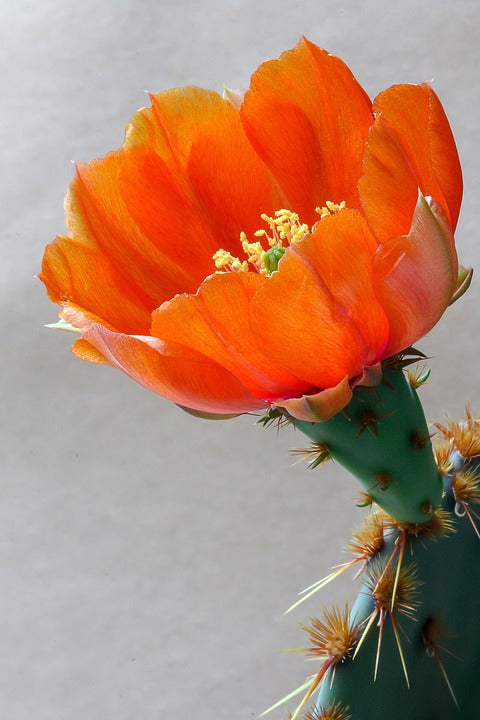
Background and history of Opuntia – Prickly pear cactus
Share
The Opuntia is one of the most iconic cactus species and has a rich history that dates back to the ancient civilizations of Central and South America. The plant is native to these areas and was valued by the Aztecs and Mayans for its versatility. The disc-shaped leaves, also called cladodes, were used as food, while the prickly pears were an important source of nutrition.
The name “Opuntia” comes from the ancient Greek city of Opus, where a similar plant was found. Today, the Opuntia grows in many parts of the world, including the Mediterranean, Africa, and Australia. It is known for its adaptability to dry and hot climates, making it a symbol of survival.
In addition to its practical applications, the Opuntia also has a cultural significance. In Mexico, the plant is seen as a national symbol and is depicted on the Mexican flag and coat of arms. The cactus figs, also called “tunas”, are still widely eaten there and used in traditional dishes and drinks.
The Opuntia is not only loved for its fruit, but also for its ecological benefits. It helps prevent erosion, provides shade in dry areas and acts as a natural barrier against animals. In addition, it has medicinal properties and is used in some cultures to treat minor wounds and inflammations.
With its rich history, versatile uses and striking appearance, the Opuntia remains a beloved plant, both in its natural habitat and in gardens and interiors around the world.
